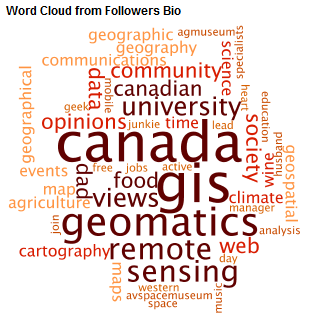
Last week was a big week in the web and mobile mapping world on at least two fronts.
First, Amazon announced plans to release a mapping API to support the Kindle Fire HD. That alone would have been significant news but to some extent it was overshadowed by Apple’s release of iOS6. The fact that Apple’s new OS would include a built at home mapping application replacing Google Maps was not news. The plans have been known for a while but this was the first time Apples’ users had a chance to test drive the application. And what a ride it got. I can’t imagine how many blog posts have been published about Apple’s new mapping application. Apple has been greeted with comments about lack of functionality, aesthetic differences as well as out and out errors. There have been plenty to comment on. Websites have been set up to post user discovered flaws and they have chimed in.
In little more than a decade since Google released Google Maps users and developers have come to expect well-designed functional mapping applications. Mapping applications have become a part of our everyday use. We depend on applications that are built on them with the expectation that certain functionality and information will be present. Functionality such as geographical search and navigation are now imbedded in our personal and our business lives.
For the most part, we take web and mobile mapping capability for granted. Our expectation is that the applications will be there, they will work and they will work well. That’s why the response to Apple’s product has been so immediate and vociferous. The fact that building and maintaining a mapping application is extremely complex is lost on most people.
Circling back to Amazon. What does Apple’s experience mean for their foray into the world of mapping? Their API is now in beta, accessible to Kindle application developers. Presumably they are providing Amazon feedback that will allow them to address the sorts of issues Apple has experienced. But the task is not trivial. Leaders in the mapping world have invested substantial time and effort to provide seamless data and a complete set of mapping tools.
At a higher level, I think an important question is to what end should hardware developers be investing in proprietary core mapping capability? It has to be a question that developers need to consider. The cost of developing applications having to deal with different mapping applications is not insignificant, nor is the ongoing support and enhancement effort. To what extent can consistent user application experience be maintained across platforms? Does it matter if there are differences?
And what about third party providers positioning themselves as independent brokers? At least one – deCarta has convinced itself there is an opportunity to be had.
It will be interesting to see how Apple responds to the community response to their mapping application. How will Amazon fare? What strategy will application developers take to accommodate the differences they face?
No doubt there is more to come in the world of mapping APIs.





Be the first to comment